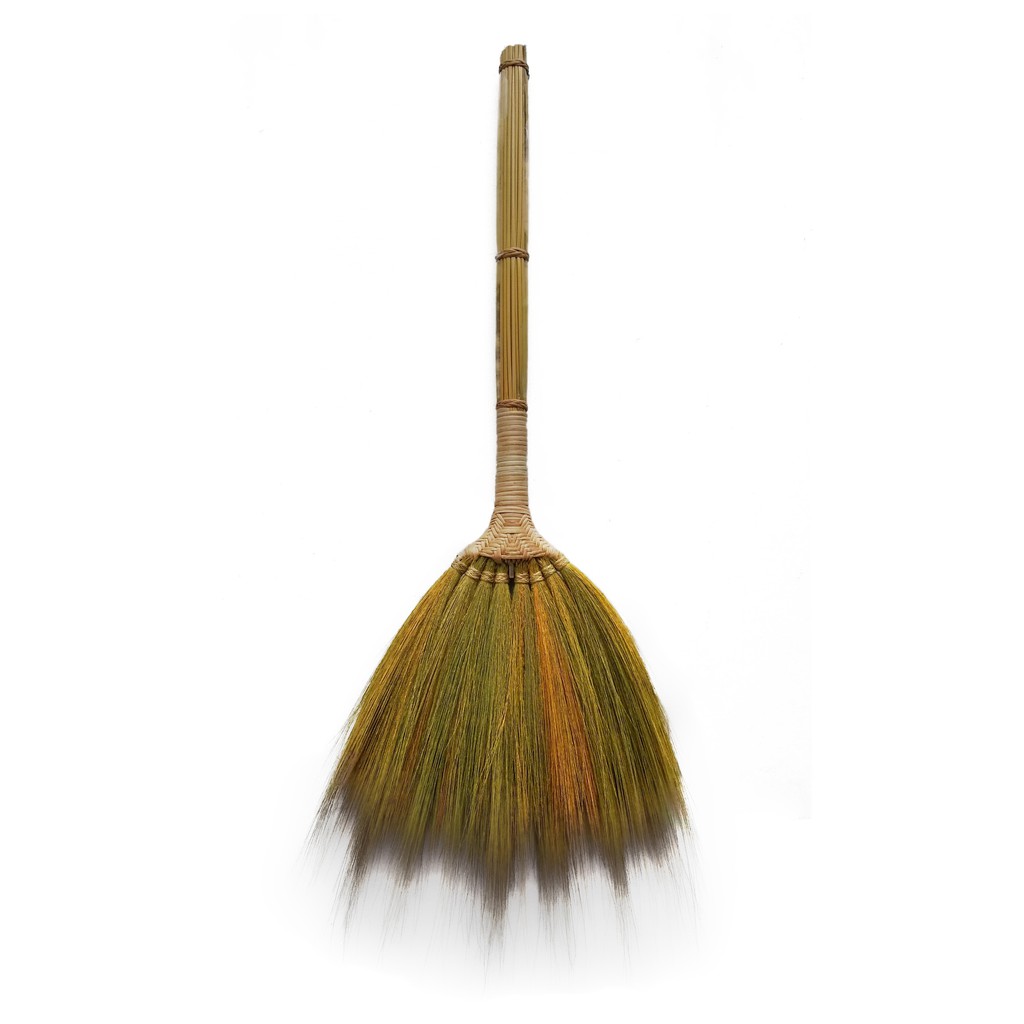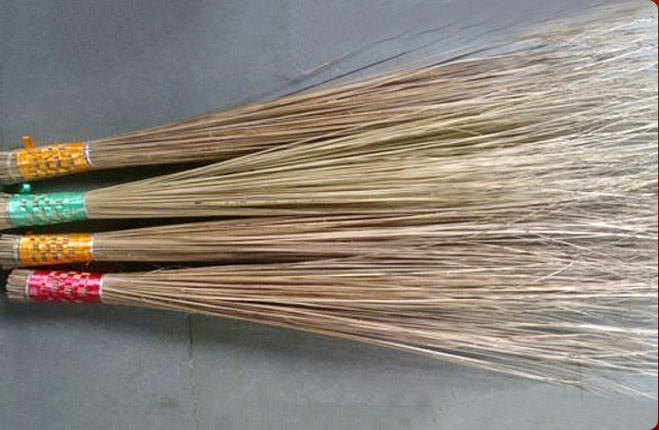

Hawakan mo ng mabuti ang pandakot habang nagwawalis ka. Using a hammer and nails, attach a piece of a wooden pole to serve as its handle. Simply cut a large, empty can diagonally, and shape it like a scoop. Filipino Ageratum conyzoides (Asteraceae) bahug-bahug Filipino Ageratum conyzoides (Asteraceae). After all, Filipinos are naturally clean.īut while the pandakot is not expensive, many Filipinos prefer making their own instead of buying one, especially if it will be used outdoors. Species listed by common name beginning with the letter B A product. Before the introduction of modern dustpans, indigenous Filipinos utilized different methods and materials and methods for cleaning their surroundings. Baguio Soft Broom Walis Tambo Highly efficient for cleaning dry surfaces Compatible with all kinds of surfaces, being ideal for indoor and outdoor use Hand. The history of the pandakot in the Philippines is not well-documented, but the use of similar cleaning tools can be traced back to ancient times. The wider the space of the dustpan, the more dirt you can collect. This will help you save time going and forth. Repeat the process until it is full, and put the contents inside the garbage can. To use a dustpan properly, sweep the dirt into it and slightly bend the handle backward to ensure effective collection without spilling the contents. Due to their softness, lint and hair don't get trapped in the bristles like typical brooms. Others have no handles (handheld dustpans) and are ideal in tight spaces such as car interiors. Sarah Saril/Insider As the name suggests, the bristles fan out and lightly graze the floor to gather small debris other brooms would miss. Some have extendable handles so you can adjust their length to add more comfort. Some of them have handles that are slightly angled at the top for easier bending.

Today, dustpans come in different designs and are becoming more ergonomic. The handle is long enough, allowing you to hold it comfortably without hurting your back. Some have rubber edges or teeth to help remove stubborn particles from the broom. They are commonly made from plastic, metal, or a combination of both.

Dustpans are shovel-shaped pans with flat bottoms and triangular walls on opposite sides.


 0 kommentar(er)
0 kommentar(er)
